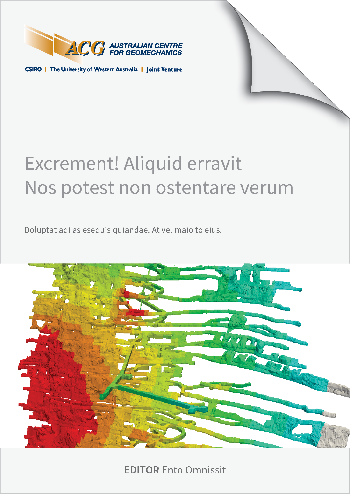Reaching into the past for LKABs future mine design

|
Authors: Wettainen, T; Wimmer, M; Papagianni, A |
DOI https://doi.org/10.36487/ACG_repo/2435_O-15
Cite As:
Wettainen, T, Wimmer, M & Papagianni, A 2024, 'Reaching into the past for LKABs future mine design', in Daniel Johansson & Håkan Schunnesson (eds), MassMin 2024: Proceedings of the International Conference & Exhibition on Mass Mining, Luleå University of Technology, Luleå, pp. 1417-1428, https://doi.org/10.36487/ACG_repo/2435_O-15
Abstract:
LKAB is well recognized for technological advancements and enjoys a particularly high reputation for pushing Sublevel Caving (SLC) to its very physical boundaries. In a company where the use and development of SLC has been its livelihood for decades, increased mining depths with all its implications, varied orebody geometries and challenging ground conditions have put the choice of mining method again in focus. Behavioural changes, well-engineered and re-thought mining methods are key to unlock further reserves. Options include improved SLC, block caving and other existing or new variants in the caving family. Natural caving methods were applied in LKAB`s Malmberget mine until the seventies at depths of between 200-300 meters below ground surface. Reports indicate that certain caving approaches generally functioned well. Also design elements such as destress slots were used to protect infrastructure. Several old draw points and surrounding drifts are still accessible and provide insights into fundamental aspects. Despite an uninterrupted mining history, it seems challenging to maintain knowledge and experience over time. The mines have become factories based upon SLC, with its pros and cons. The rediscovery of previous methods may be viable steps into the future. LKAB is planning for continued mining below present main levels to depths of 1500 meters or deeper. Natural caving methods appear to be a viable option in some areas and designated studies are undergoing. This article summarises experiences of caving experiences other than SLC and presents potential scenarios for natural caving at depth.
© Copyright 2025, Australian Centre for Geomechanics (ACG), The University of Western Australia. All rights reserved.
View copyright/legal information
Please direct any queries or error reports to repository-acg@uwa.edu.au
View copyright/legal information
Please direct any queries or error reports to repository-acg@uwa.edu.au